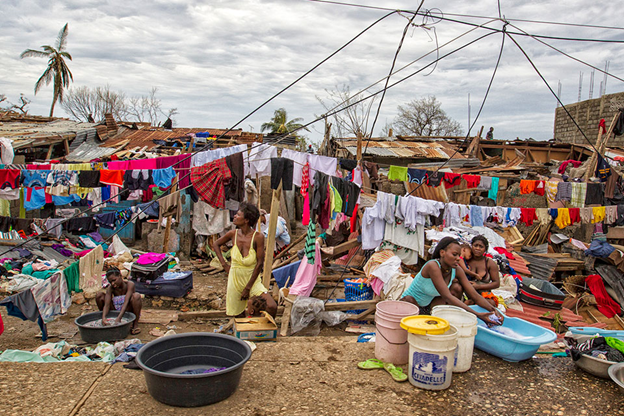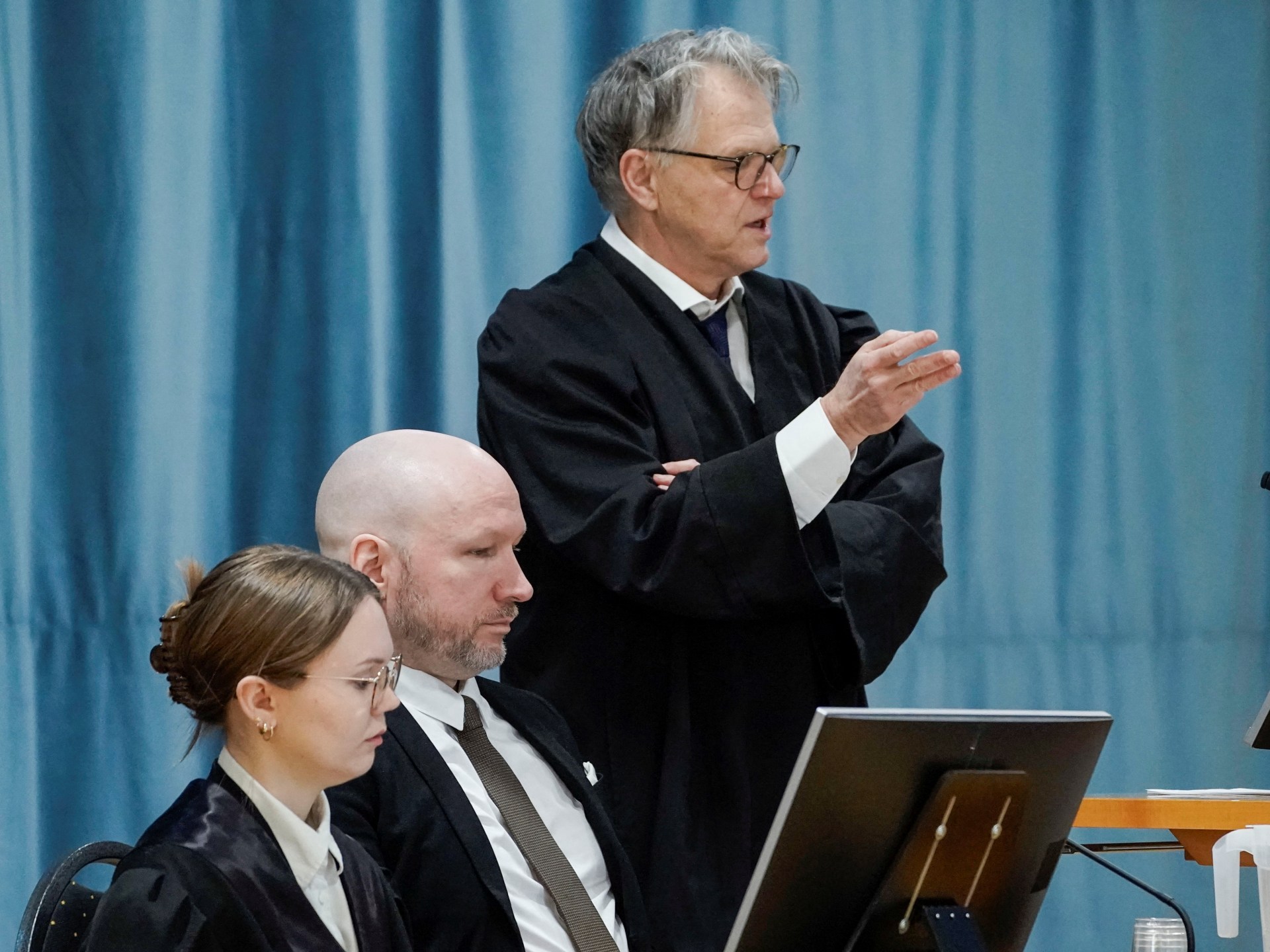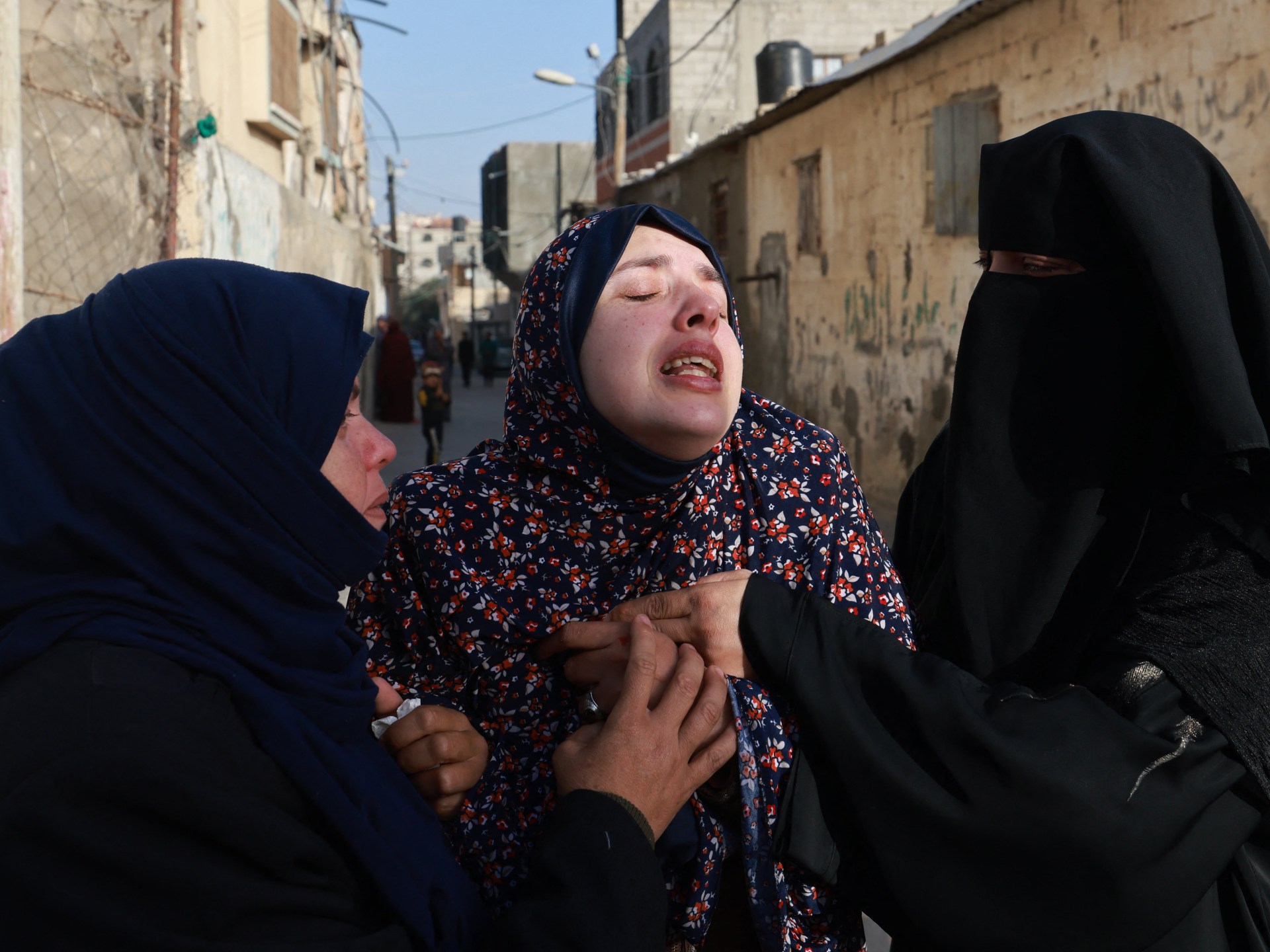To Confront Our Current Crises, Its Time to Put Our Money Where Our Mouth Is — Global Issues
KARACHI, Pakistan / NAIROBI, Kenya / LUXEMBOURG CITY, Luxembourg, May 03 (IPS) – The finance sector’s role in the current global crises – notably climate, biodiversity, and food security – is significant.
Polluting activities and environmentally-destructive practices for short-term economic gains have catapulted us to our current untenable situation. We’re ‘sawing off the branch we’re sitting on’ by sacrificing life-giving ecosystem services for profit, and that branch is sagging and splitting under our weight.
As we lurch from one climate crisis to another, leaving millions of the most vulnerable – particularly women and other marginalised identities – scrambling to survive large-scale flooding, extreme temperatures, and scorching heatwaves that decimate lives and livelihoods, we must radically reframe how we define success.
Finance can powerfully drive the change we seek. Significant commitments have been made, such as the pledges to reach net zero carbon emissions by 2050 made by tens of thousands of businesses and institutions through the UN Framework Convention on Climate Change (UNFCCC)’s Race to Zero campaign; the food industry’s zero deforestation pledge at this year’s UNFCCC Climate Change Conference (COP27); new finance-related targets in the Convention on Biological Diversity (CBD)’s new Global Biodiversity Framework (GBF) to increase financing for nature and biodiversity; advances in the EU sustainable finance taxonomy; and emerging initiatives like Business for Nature.
The sustainable financing gap remains formidable: finance flows to Nature-based solutions (NbS) are currently less than half of what is needed by 2025 – and only a third of what is needed by 2030 – to limit climate change to below 1.5 degrees centigrade, halt biodiversity loss and achieve land degradation neutrality.
There is a particularly critical need to build up financing – and action – for biodiversity, as one of our most valuable natural capital assets which is crucial in addressing the challenges we face.
Meanwhile, nature-negative flows are estimated to exceed nature-based solutions by three to seven times. In the past six years, investments in the fossil fuel industry have continued at a steady pace, as has funding of projects leading to deforestation – such as livestock farming in the Brazilian Amazon in a largely unrestricted way.
Moreover, despite wealthy nations pledging USD 100 billion annually for climate mitigation and adaptation, less than 3% of adaptation funding has reached the countries in the Global South that need it the most.
This leaves the world out of balance. As 600 million smallholder farmers, who feed much of the developing world, struggle to respond to the most recent drought, flooding, or extreme weather event, huge numbers of the already-vulnerable become increasingly food-insecure, and can fall into irreversible poverty traps. We need to do better.
To turn this around, governments and multilateral institutions play an important role. But while governments currently provide about 83% of Nature-based solutions financing, a significant boost from this sector is unlikely given the confluence of crises taking its attention.
So, the pressure is also on the private sector to step up efforts –requiring increased investment in sustainable supply chains, paying properly for ecosystem services, and reducing or dropping nature-negative activities. Over 400 private sector companies asked to be regulated at COP15, and this goodwill must be harnessed.
We must also consider how to deploy the hoped-for influx of financing. We know Indigenous Peoples and local communities play key roles as ‘stewards’ of many of Earth’s landscapes. But between 2010 and 2020, they received less than 5% of development aid for environmental protection, and under 1% for climate mitigation and adaptation.
Channelling sustainable finance to these communities – especially women – can simultaneously spur community development, empower women, and nourish ecosystems. We must design instruments that are better-positioned to attract private capital towards efficient financing, including by using blended finance models to layer risk-taking development capital and grant instruments with more commercially-oriented funds.
There are so many sustainable, scalable solutions that already exist across Africa, Latin America and Asia and there comes a time to harness them. Let’s bridge the gaps between investors and community-led projects and build the resources of our landscapes’ stewards – in all their guises – to tend to our planet’s precious remaining species, ecosystems, and carbon sinks.
The time is now. Let’s meet the moment together.
Ayesha Khan is Regional Managing Director at Acumen, Pakistan. Éliane Ubalijoro is incoming CEO of the Center for International Forestry Research and World Agroforestry (CIFOR-ICRAF). Yuriko Backes is Luxembourg’s Minister of Finance. They are three of the 16 Women Restoring the Earth 2023 and spoke at the Global Landscapes Forum’s 6th Investment Case Symposium to drive sustainable land-use investments in the Global South.
IPS UN Bureau
Follow @IPSNewsUNBureau
Follow IPS News UN Bureau on Instagram
© Inter Press Service (2023) — All Rights ReservedOriginal source: Inter Press Service
Check out our Latest News and Follow us at Facebook
Original Source







